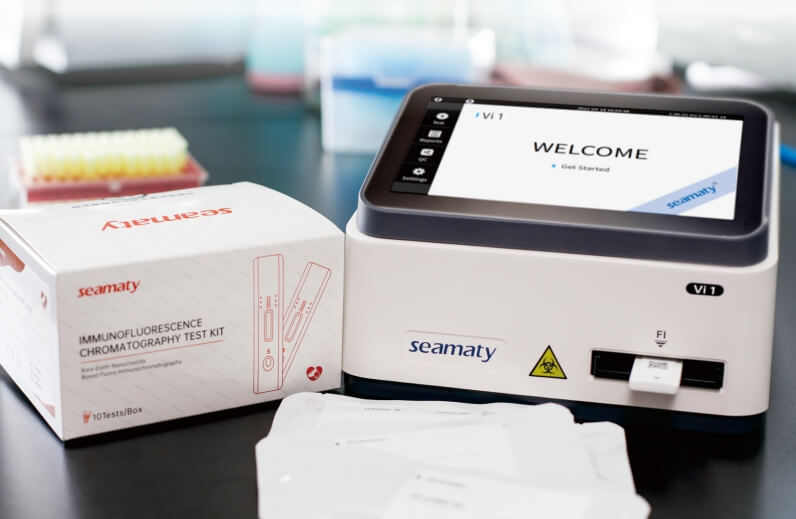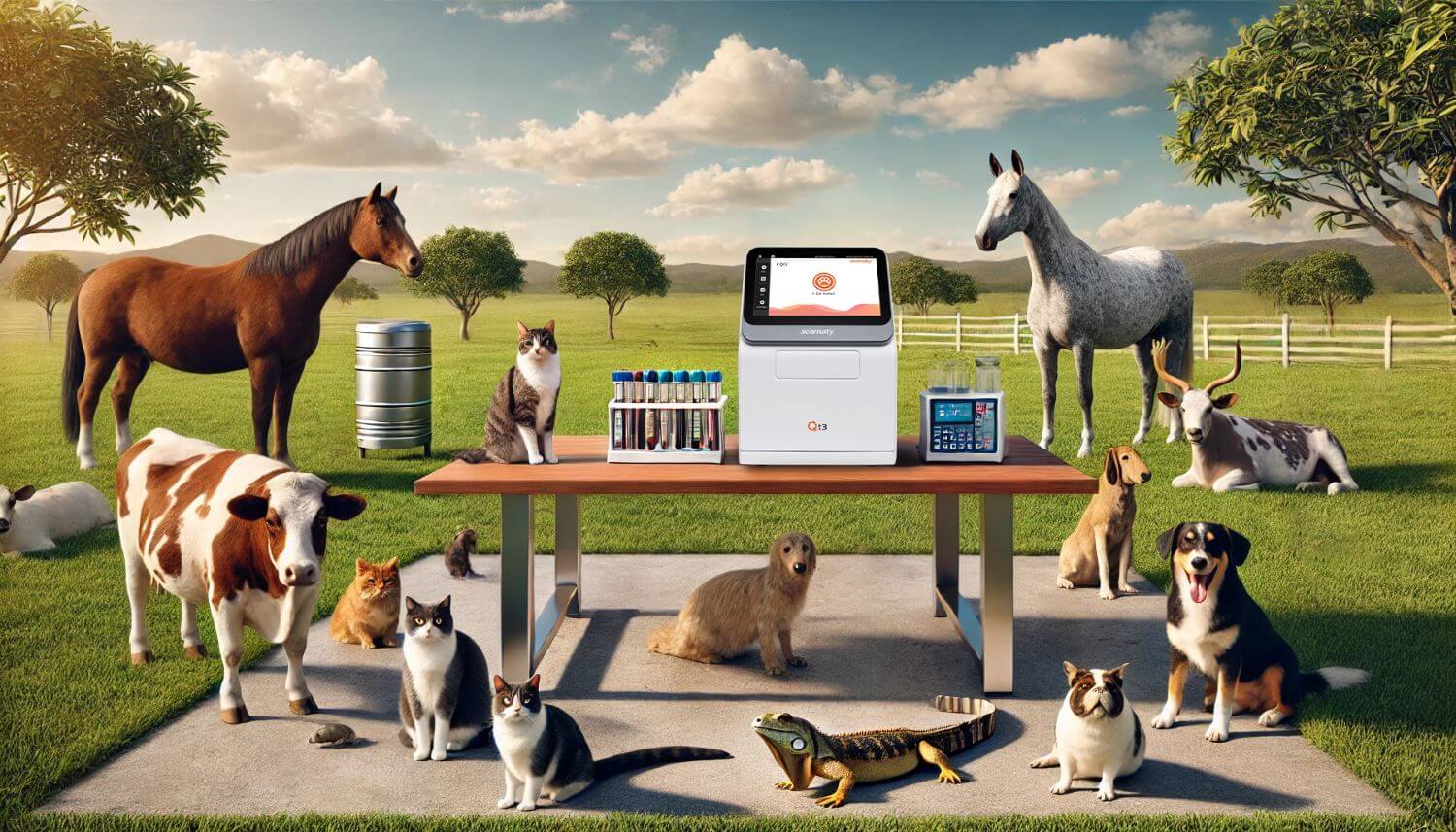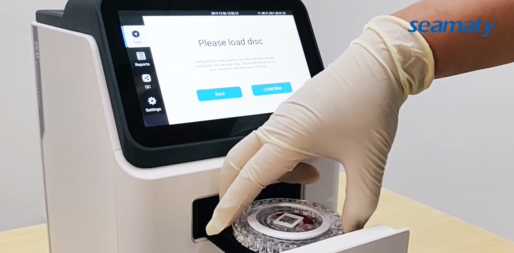release time:2023-11-20 11:22:18
Welcome to the forefront of veterinary diagnostics! In our guide, we're unraveling the wonders of the Veterinary Fluorescence Immunoassay Analyzer – a cutting-edge tool designed to decode the language of animal health.

Veterinarians and distributors, you're likely familiar with immunoassay analyzers, but what about their fluorescence-powered counterpart? Picture a diagnostic powerhouse crafted explicitly for veterinary medicine – the Veterinary Fluorescence Immunoassay Analyzer. Simply put it, a veterinary fluorescence immunoassay analyzer is a diagnostic tool designed for veterinary medicine that uses fluorescence immunoassay techniques to detect and measure specific substances in animals. These substances could include various biomarkers, antibodies, or other analytes relevant to animal health.
Fluorescence Immunoassay (FIA) is a type of immunoassay, a laboratory technique used to detect and quantify specific substances in a sample by exploiting the reaction between an antibody and an antigen. In the case of FIA, the detection method involves the use of fluorescent markers to measure the presence or concentration of the target substance.
Here's a general overview of how Fluorescence Immunoassay works:
The advantages of using fluorescence in immunoassays include high sensitivity, allowing for the detection of low concentrations of substances, and the potential for multiplexing (detecting multiple analytes in a single sample). FIA is widely used in various fields, including clinical diagnostics, environmental monitoring, and veterinary medicine. In the context of a veterinary fluorescence immunoassay analyzer, the use of fluorescence in the detection process enhances the precision and sensitivity of the analysis, making it a valuable tool for diagnosing and monitoring health conditions in animals.
Veterinary Immunoassay Analyzers that utilize fluorescence detection can be used to detect a variety of diseases and conditions in animals. The specific diseases or analytes that can be detected depend on the assays or test panels designed for the particular analyzer. Here are some examples of diseases and conditions that can be targeted using veterinary immunoassay analyzers with fluorescence detection:
a. Infectious Diseases:
Canine parvovirus
Canine distemper virus
Feline leukemia virus
Feline immunodeficiency virus
Infectious canine hepatitis
Bovine viral diarrhea virus
Equine infectious anemia
b. Hormonal Disorders:
Canine and feline reproductive hormones (e.g., progesterone, estradiol)
Thyroid hormones (e.g., T4, TSH)
Cortisol levels for stress assessment
c. Allergy Testing:
Detection of specific allergens causing allergic reactions in animals
d. General Health Monitoring:
Blood chemistry parameters (e.g., liver enzymes, kidney function)
Monitoring of specific biomarkers related to organ function or disease states
Seamaty Vi1 Veterinary Fluorescence Immunoassay Analyzer adopts Seamaty’s self-developed rare-earth nanocrystals based fluoro-immunoassay chromatography. Rare-earth nanocrystal has an excellent characteristic in stability and anti-interference with features of eco-friendly and non-toxic. High sensitivity and specificity, this system provides an accurate, reliable and fast test results in veterinary diagnosis.
In summary, our exploration of the Veterinary Fluorescence Immunoassay Analyzer reveals its pivotal role in advancing precision diagnostics for veterinarians and distributors. This cutting-edge tool, with high sensitivity and multiplexing capabilities, promises a transformative impact on disease detection and overall animal health. Distributors, your crucial role in making this technology accessible underscores a shared commitment to elevating veterinary care standards. Get more info by contacting Seamaty team. We’re here for you.

2024-12-23
Discover the top 5 reasons why the Seamaty Qt3 Veterinary Blood Chemistry Analyzer is the ultimate diagnostic solution for your practice. Learn how its minimal sample volume, comprehensive test options, rapid results, advanced accuracy, and low maintenance design can transform your veterinary diagnostics.

2022-08-09
A blood chemistry analyzer allows vets to see various markers and increase harmful chemicals in animal blood. Every vet needs to diagnose the chemical composition of animal blood for accurate diagnosis and prescription.

2022-06-22
A biochemistry analyzer is a diagnostic device that uses biochemical techniques to measure the concentrations of various chemicals in a sample. Biochemistry analyzers are used in a variety of settings, including hospitals, clinics, and research laboratories.